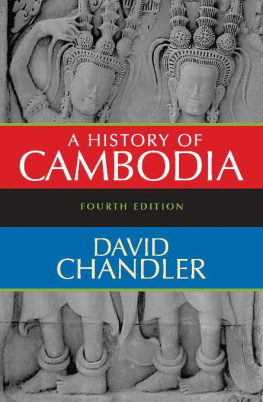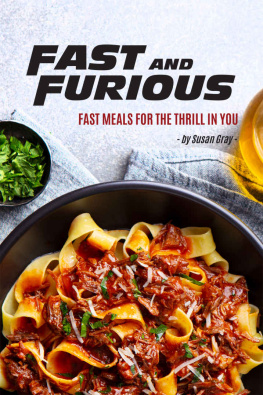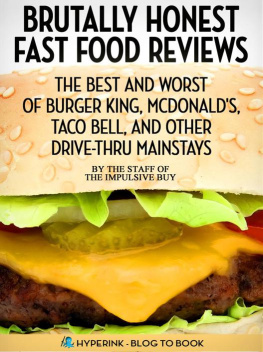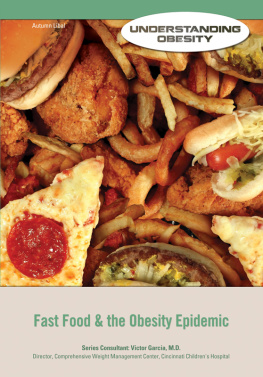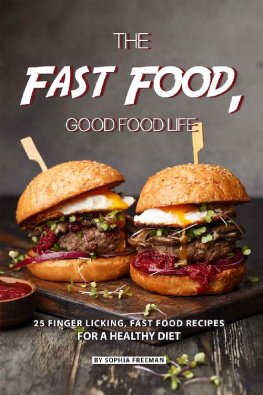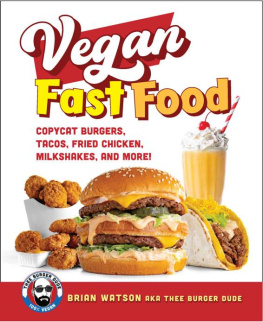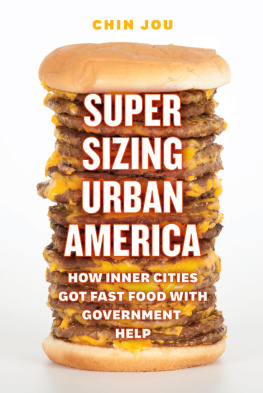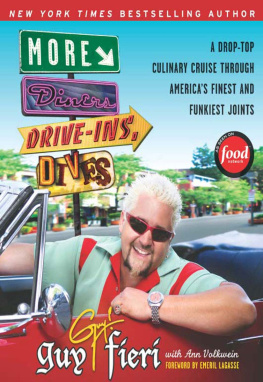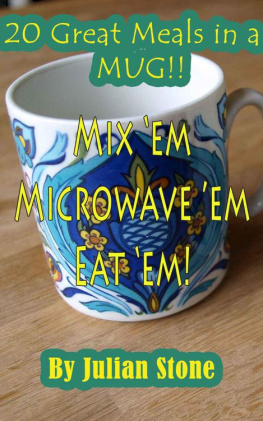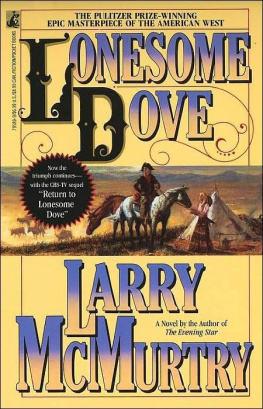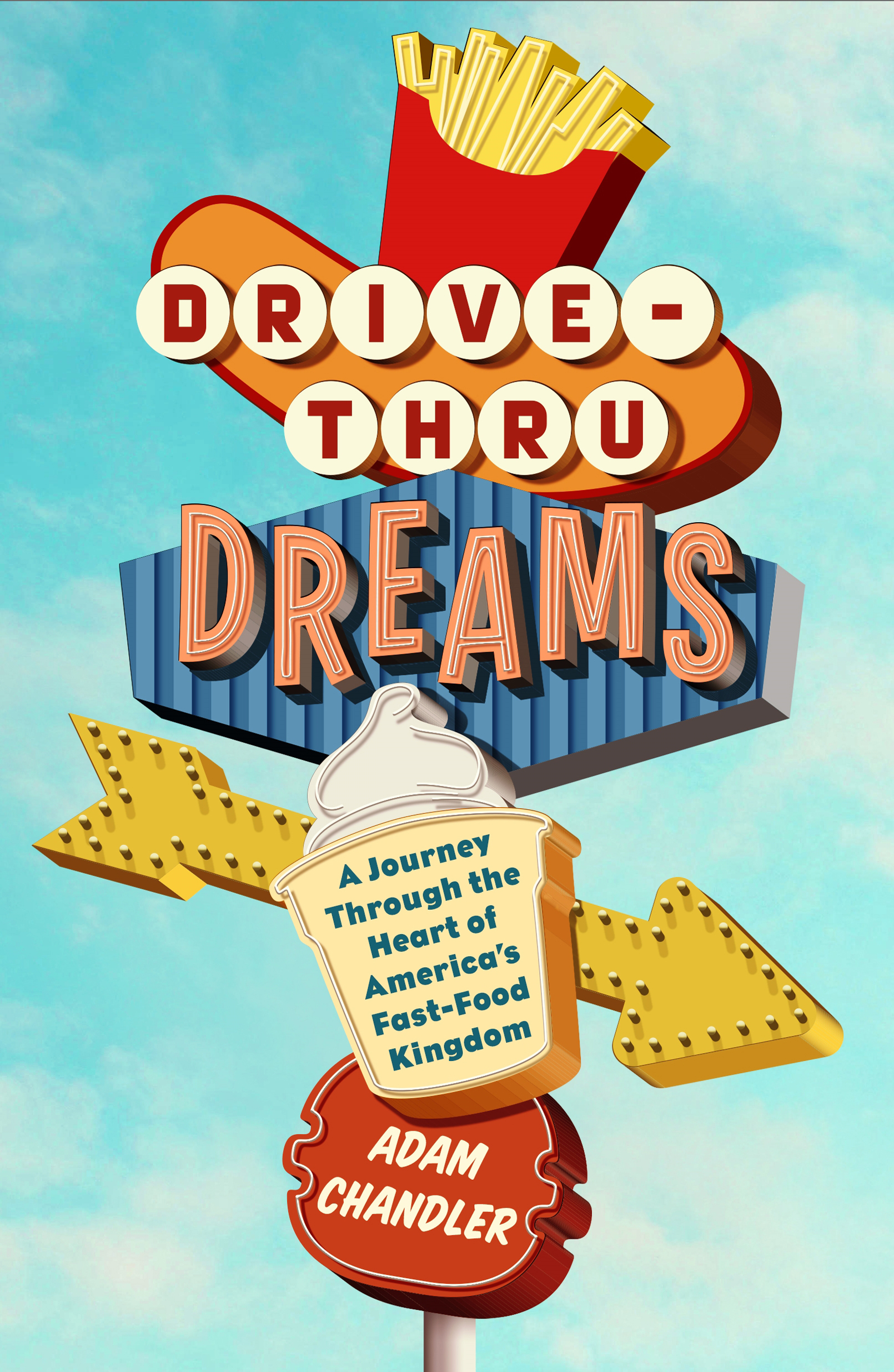The author and publisher have provided this e-book to you for your personal use only. You may not make this e-book publicly available in any way. Copyright infringement is against the law. If you believe the copy of this e-book you are reading infringes on the authors copyright, please notify the publisher at: us.macmillanusa.com/piracy.
Nowhere special. I always wanted to go there.
THE WACO KID
In the summer of 2012, bright yellow flyers were posted around Bethel, a remote town of six thousand unsuspecting souls on the bush of western Alaska, with some life-changing news: In a few short weeks, a brand-new Taco Bell would host its grand opening, just in time for the Fourth of July. In a historically dry town with one paved road, one measly Subway shop, and virtually no public transportation, the announcement was met with ecstasy and jubilation. Word whipped around town as quickly and enthusiastically as a subarctic breeze.
Tragically for the folks of Bethel, the news was fake. The signs directed anyone interested in working at the landmark Taco Bell to-be to call a number listed on the flyer. The number belonged to a local resident who was apparently embroiled in a seven-layer feud with a diabolical hoaxer. The besieged victim had to break the news dozens of times over: There would be no Taco Bell for the Fourth of July in Bethel, Alaska.
As swiftly as the joy had spread, dejection and low spirits followed. Thats right. Officially, Bethel is not getting a Taco Bell, went one local radio broadcast after a flood of calls. I repeat: Bethel is not getting a Taco Bell. The hoax meant that the nearest Cheesy Gordita Crunch would remain a four-hundred-mile trek by plane to Anchorage. We got excited because we dont have any fast-food chains out here, and the idea of Taco Bell coming in? the despondent director for the local Chamber of Commerce told the Los Angeles Times. And they were going to be here for the Fourth of July?
Bethel is impossibly isolated, only accessible by either air or sea. So, when news of the cruel hoax reached Taco Bell headquarters in Irvine, California, the company had no choice but to respond by dispatching a military helicopter to airlift a branded taco truck to Bethel right as the towns Independence Day celebrations were getting underway. Operation Alaska included the dramatic transport of 950 pounds of beef, 500 pounds of sour cream, 300 pounds of tomatoes, 300 pounds of lettuce, and 150 pounds of cheddar cheese, followed by the assembly and goodwill distribution of ten thousand Doritos Locos Tacos to an exhilarated crowd. If we can feed people in Afghanistan and Iraq, we can feed people in Bethel, said Taco Bells then-CEO, Greg Creed, adding to the semi-subtle militarism of the preIndependence Day taco airlift.
Given Bethels size and remoteness, the opening of a permanent Taco Bell outpost was never viable. But on a cloudy, fifty-five-degree summer afternoon in a tundra town in western Alaska, the company conspired to create a brief and surreal sense of belonging through an unlikely combination of spectacle and preprepared food.
Of course, the story of Operation Alaska would be adapted into a touching national Taco Bell commercial. The ad had it all. Disappointment and then euphoria, the minor fall and the major lift. It features Bethels mayor along with some of the townsfolk glumly recounting their dashed hopes for tacos amid some choice B-roll of Alaskan wildflowers and a GONE MUSHING sign. Then, we see the redemptive image of a helicopter landing, its rotors whirring, with a taco truck swaying below like a serum for desolation. A happy, disbelieving crowd amasses and telegenic children blissfully chow into one of the brands newest and most fabled products, the Doritos Locos Taco. And just like that, Americas birthday had been saved.
There are no inherited rites in America, but if one were to come close, it would involve mainlining sodium beneath the comforting fluorescence of an anonymous fast-food dining room or beneath the dome light of a car. We do it because fast food is quick and cheap and portable. We do it because we have fond memories of wearing paper crowns at birthday parties, of Happy Meals and Frosties and road trips, and of bygone moments of innocence and intimacy with friends or parents or siblings. We do it because a slightly damp $12 turkey wrap is not a suitable salve for airport stress. We do it because the food is what we wanta little soft and gross and perfect, nestled in colorful wrapping and flimsy little boxes like presents from our first loves. And we do it because the places are familiar to us. Its under McDonalds Golden Arches, for example, a sign more recognizable worldwide than the Christian cross, that about 1 percent of the entire worlds population breaks bread on any given day.
Simply put, nothing else does what fast food does as well as fast food does it. There is no other place, not libraries or gyms or the collective houses of worship, that 80 percent of Americans frequent at least monthly. And there are virtually no other enterprises that 96 percent of Americans annually embrace. Not even the internet comes close to attracting that much loyalty or participation. On a descending spectrum of American certainty, it goes something like death, premarital sex, fast food, and income taxes. The United States is and remains a fast-food nation.
From its creation to its dominance, fast food is who and where weve been. You can trace most of twentieth-century America through fast food. It cannot be isolated from the entrepreneurial mania of the 1920s Machine Age, the trauma of the Great Depression, the hubris and swagger of the postwar economic boom, the building of the interstate highway system, and the national preoccupations with time and work and individual destiny. The evolution of fast food tracks with the American faith in processed food as well as its disillusion. That evolution also showcases the powerful effect of women entering the labor force. The contemporary story of the countrys immigrant strivings, of its loneliness and failures, of its sluggish embrace of different cultures, of its international charisma, and of its regional identities can be distilled through fast food. The landscapes of the South would be incomplete without Chick-fil-A, Cook Out, and Bojangles. In-N-Out and Del Taco are as Californian as Pollo Tropical is Floridian as Sonic is heartland as Dairy Queen is small-town. The Midwest isnt the Midwest without Culvers, Steak n Shake, and Maid-Rite, and the Lone Star State would certainly be dimmer and duller without Whataburger. And if theres any redemption to be found on the New Jersey Turnpike, its at a Roy Rogers.
The United States is singularly geared to love fast food and not just because the agricultural system is rigged to support it. Far more than anywhere else in the world, Americans drive cars with automatic transmissions on some of the straightest highways ever built. Somewhere, someone is on one of those roads right now. The sun might be out, Steely Dan might be on the radio, and the driver almost certainly has no idea that the very last fries just out of reach at the bottom of a paper bag are linked to Thomas Jefferson, the self-styled gastronome and principal author of the independence decree who first introduced the United States to fried potatoes after serving as the minister to France. Potatoes deep-fried while raw, in small cuttings, served in the French manner, he requested of White House chef Honor Julien before a dinner party. This is the day of the expanding man, the song might go. That shape is my shade.



